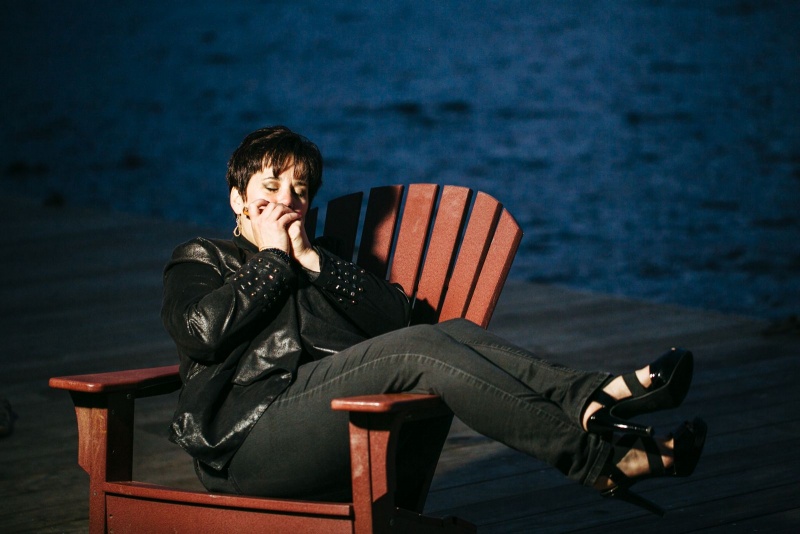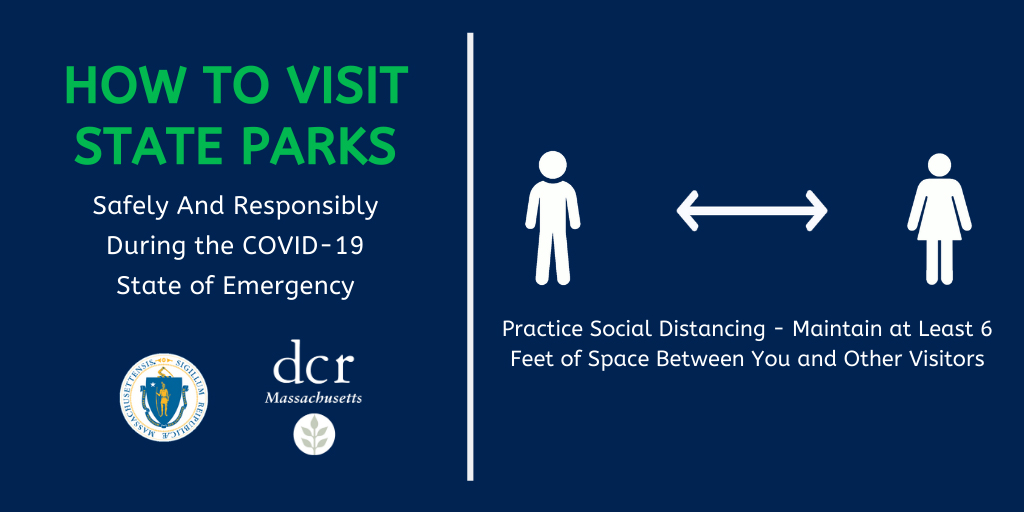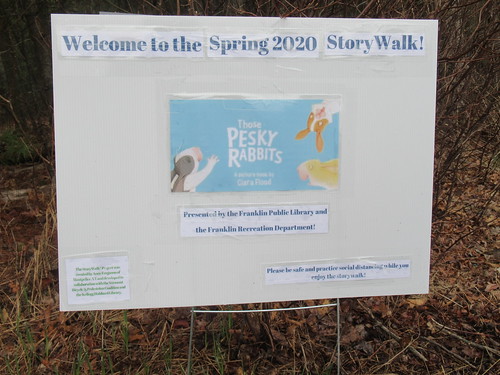 |
| Ayla Brown - August 15 |
The concert is sponsored by the Franklin Cultural District Committee and the Franklin Downtown Partnership. THE BLACK BOX Summer Concert Series is sponsored by Dean Bank.
Visit the box office online for ticket information
https://www.theblackboxonline.com/news.php?id=1343
What does the outdoor seating look like? Check out this aerial view
https://www.franklinmatters.org/2020/08/the-black-box-outdoor-concert-setting.html














